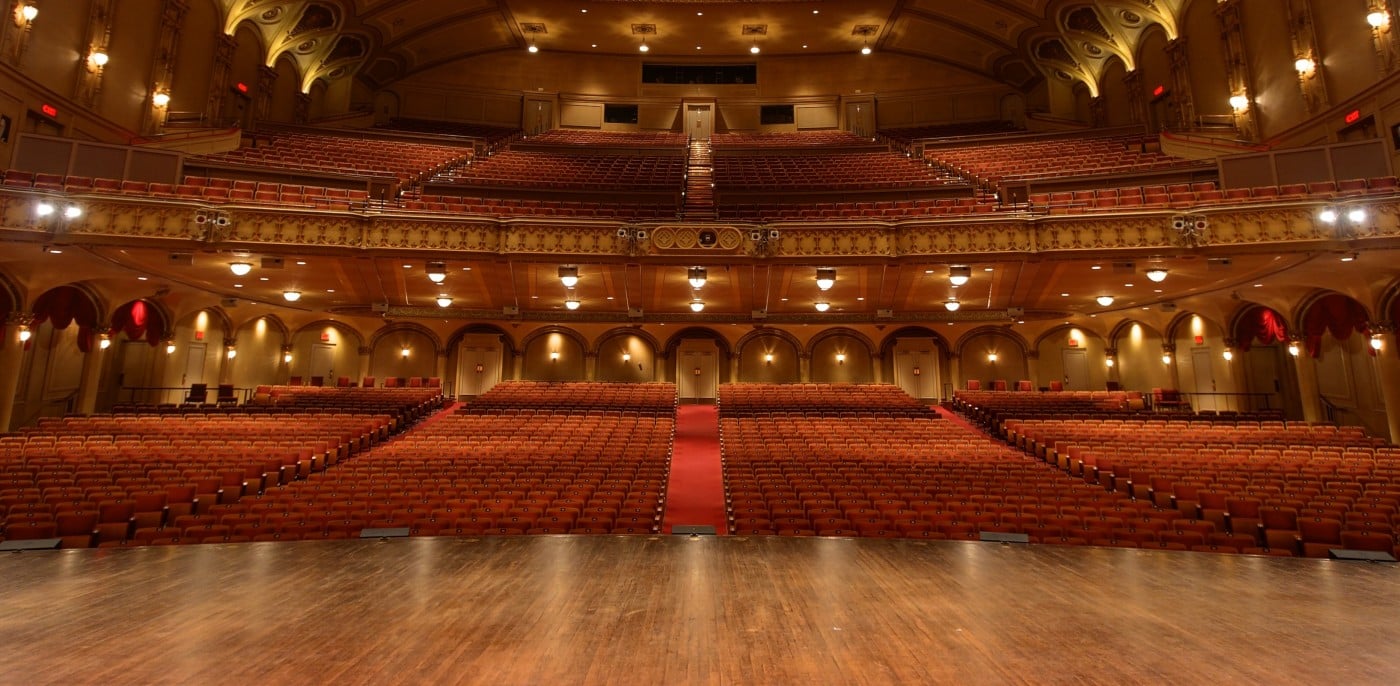All the world’s a stage: How directors could breathe life into progressive politics
June 22, 2017
 Post-Brexit assumptions about the General Election outcome were cautiously drawn, but we didn’t need polls to tell us that the two main political parties were offering a distinct choice. Both manifestos opened on the economy, and this is where the differences begin. On tax, Labour’s manifesto vowed to ‘take on the social scourge of tax avoidance’ whilst the Conservatives had a section titled ‘keeping taxes as low as possible’, an immediate clash of perspectives.
Post-Brexit assumptions about the General Election outcome were cautiously drawn, but we didn’t need polls to tell us that the two main political parties were offering a distinct choice. Both manifestos opened on the economy, and this is where the differences begin. On tax, Labour’s manifesto vowed to ‘take on the social scourge of tax avoidance’ whilst the Conservatives had a section titled ‘keeping taxes as low as possible’, an immediate clash of perspectives.
The electorate didn’t need to look far to picture their day-to-day life under Theresa May—leaving the European Union may be an unknown but the approach will belong to a seasoned cabinet minister. Jeremy Corbyn had a tougher task: persuading voters living under austerity that raising taxes and investing in public services is a good idea. Despite the fact that many would have seen their taxes unaffected under the proposed measures, he is asking people who are feeling a massive squeeze on their earnings to visualise a world where more money goes to the government.
For this vision to have seemed remotely appealing would have required voters to also conjure up a healthy National Health Service, sustainably funded schools, and an injection of opportunities. From the world of today, this is asking voters to make a leap of some proportion. Even then, they may have only seen a short period of increased equality before another period of austerity, as many believe the current austerity programme is due to the economic record of the last Labour government.
At the Hay Literary Festival I heard Zoe Williams, Amelia Womack, David Boyle, and Andrew Simms explore the idea of a progressive alliance where parties on the left of the political spectrum work collaboratively to battle conservatism. But it struck me how much more powerful would it have been if I had seen the idea in action.
Directors could help Labour and their progressive counterparts to actualise their policy announcements, rallies, and debates so that their potential voters had less left to the imagination. No matter how thought-provoking the ideas were in The Alternative talk in Hay, there was no escaping that it was a block of audience facing four individuals sat behind a table on a raised stage. If you are advocating for an idea grounded in people working together, why not set the space up in harmony with your message?
I’m not suggesting the talk should have taken place in a collective hug that spurned anyone who had ever secretly harboured a socially conservative tendency, but basic alterations such as putting the audience in traverse, getting speakers to present ideas as a group rather than having an allotted individual time slot, and adding interactive elements beyond Q&A, could allow the audience to experience the ideals discussed rather than simply listen to them.
Politicians may be masters of policy but directors are masters of form, and that their potential campaign trail creativity remains unharnessed is to the detriment of progressive policies. It is time for left-leaning politicians to reach out to artists to invent bespoke, memorable formats that showcase their out-of-the-box thinking. Let the Left bid farewell to the tired montage-littered party political broadcast and put as much work into breathing life into their message as they’ve put into the message itself.
Filed under: Politics

Comments